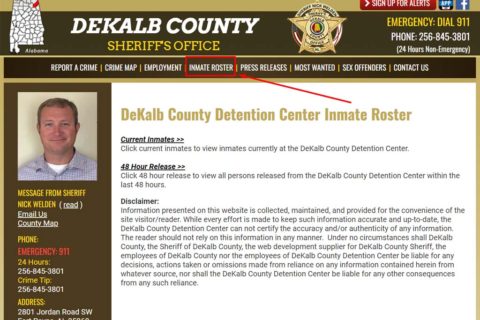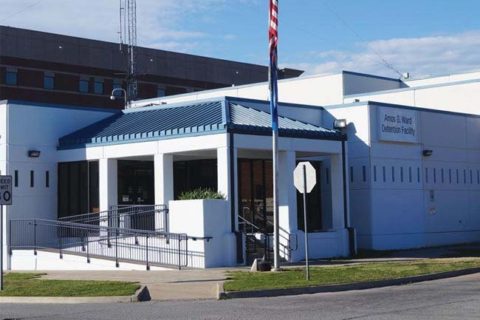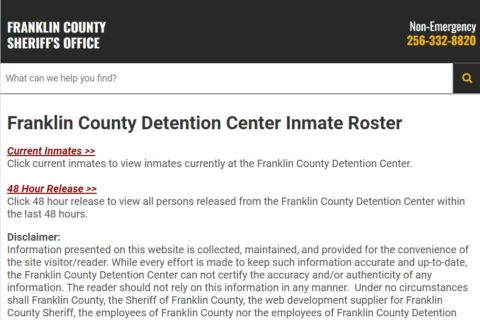There are several considerations when a prisoner is released after serving a prison sentence. The determined release date involves not only one party but various parties. The decision regarding the release of a prisoner basically depends on the laws and regulations of the specific jurisdiction and the circumstances of the inmate’s case.
When released, the inmates will automatically have standard conditions of release imposed. Well, the decision-making process to release an inmate definitely involves several entities, including:

1. Sentencing Judge
The party most involved in deciding the release of an inmate is the judge who presides over the trial to sentence the inmate. They are also responsible for determining the length of prison sentences. In some cases, the judges may also have the power to decide whether sentences must be carried out concurrently or sequentially for several sentences.
2. Parole Board
If an inmate is eligible for parole, the parole board is solely responsible for making decisions about their release. In this case, they will revive the case of the inmate, their behavior while incarcerated, their participation in the prison’s program, and other factors. These can be used to determine whether or not they are qualified for parole.
3. Correctional Authority
Within the prison system, a correctional authority takes part in making decisions regarding the release of an inmate. They are responsible for administering inmate sentences and also determining eligibility for various forms of release. In order to make decisions that may affect the decision to release a prisoner, they will usually carry out an assessment of the prisoner’s behavior and progress towards rehabilitation.
4. Prosecutors
In determining the conditions of release, the prosecutors may also play a role, particularly in plea bargains or negotiations that involve parole and probation orders.
5. Medical Authority
If an inmate who will be released has a serious medical condition that cannot be treated within the prison, the medical authority may be involved in deciding whether to grant a medical release.
6. Governor or Pardon Board
In some circumstances, the state governor or pardon board may have the power to grant clemency or pardon to an inmate, leading to their early release.
Okay, those are some of the entities involved in making a decision on the release of an inmate.
It’s important to note that the process for releasing a prisoner will vary widely depending on the type of offense, the jurisdiction, and the specific circumstances of the case. In most cases, the decision to release an inmate will involve multiple parties, while in other cases, a single authority may make the final decision. Additionally, laws and regulations regarding the prisoners’ release may change over time.

A bookworm and researcher especially related to law and citizenship education. I spend time every day in front of the internet and the campus library.




